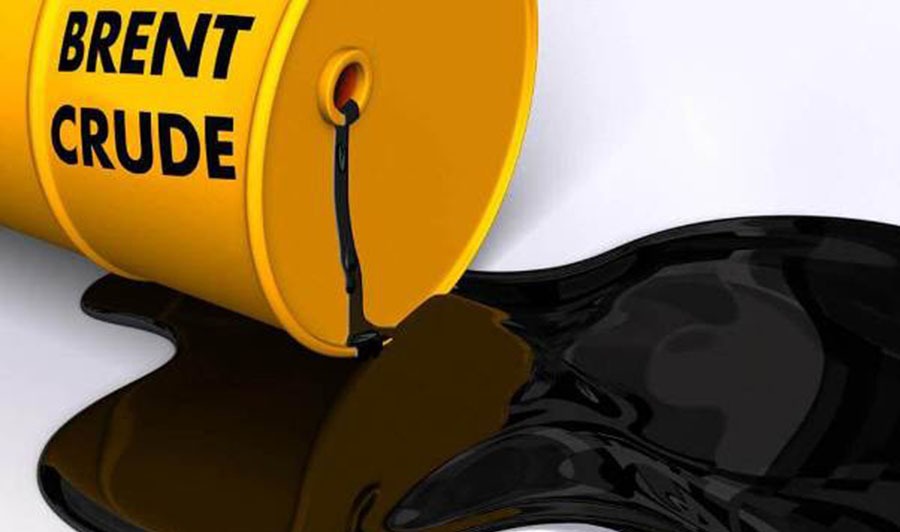Oil prices rose on Monday as global supply is tightening with lower exports from Saudi Arabia and Russia, offsetting nagging concerns about global demand growth amid high interest rates.
Brent crude climbed 61 cents to $85.41 a barrel while U.S. West Texas Intermediate crude was at $81.88 a barrel, up 63 cents. The September WTI contract expires on Tuesday and the more active October contract gained 56 cents to $81.22 a barrel.
Both front-month benchmark prices snapped a 7-week winning streak last week to post a weekly loss of 2% after the U.S. dollar strengthened on the possibility interest rates could remain higher for longer, with China’s property crisis adding to concerns about its sluggish economic growth and oil demand.
“We still see a tight oil balance for the remainder of the year, which suggests that prices still have some room to run higher,” said Warren Patterson, ING’s head of commodities research.
As well, “the dollar seems to be taking somewhat of a breather, which would be providing some support,” he said.
Oil prices typically move inversely in relation to the U.S. dollar, with a weaker dollar making oil purchases less expensive for holders of other currencies and sparking demand.
On the supply side, OPEC+ crude exports set to fall a second month in August, said Stefano Grasso, a senior portfolio manager at 8VantEdge in Singapore, citing preliminary data from shiptracking firm Kpler.
Meanwhile, China, the world’s top crude importer, is drawing on record inventories amassed earlier this year as refiners scale back purchases after supply cuts by the Organization of the Petroleum Exporting Countries (OPEC) and allies including Russia, known as OPEC+, drove global prices above $80 a barrel.
In July, Saudi Arabia’s shipments to China fell 31% from June while Russia, with its discounted crude, remained the Asian giant’s largest supplier, Chinese customs data showed.
3Chinese refiners also ramped up refined products exports in July, drawn by strong export margins.
In the United States, the number of operating oil rigs, an early indicator of future output, fell by five to 520 last week, their lowest since March 2022, according to Baker Hughes’ report on Friday.
“Overall supply is going down, demand is going up,” Grasso said.
“Unless there is a recession and demand slows or drops, OPEC+ is in control.”

 Forex3 weeks ago
Forex3 weeks ago
 Naira3 weeks ago
Naira3 weeks ago
 Billionaire Watch3 weeks ago
Billionaire Watch3 weeks ago



 Naira3 weeks ago
Naira3 weeks ago






 Naira3 weeks ago
Naira3 weeks ago




 Naira2 weeks ago
Naira2 weeks ago






 Naira2 weeks ago
Naira2 weeks ago




 Naira4 weeks ago
Naira4 weeks ago





















